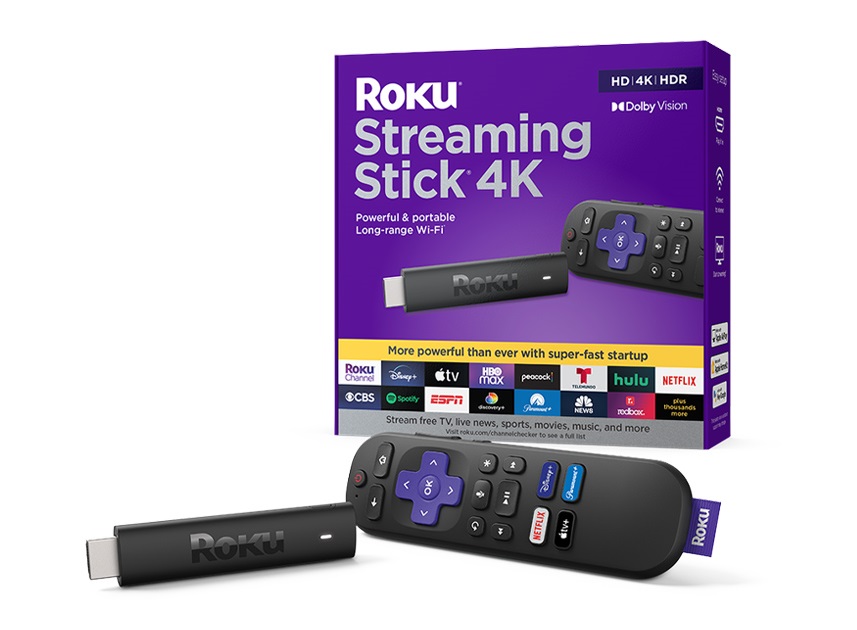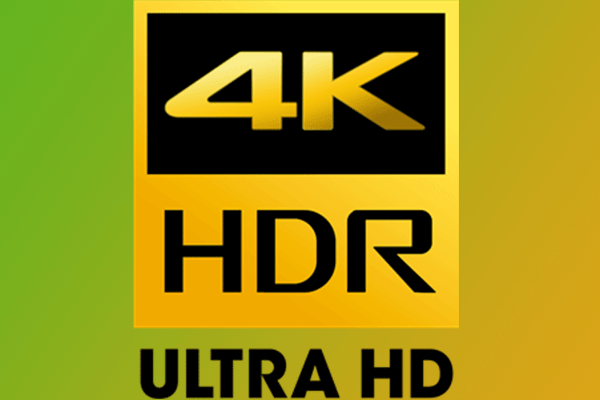In this article provided by MiniTool movie-creating app, we'll delve into the world of Dolby Vision vs. 4K, exploring what they mean, their compatibility with different devices, and how they can elevate your viewing pleasure.
In the world of home entertainment, advancements in technology have led to an array of choices when it comes to enhancing your viewing experience. Two terms that often come up in discussions about picture quality are Dolby Vision and 4K. But what exactly are they, and how do they compare?
Understanding Dolby Vision vs 4K
To fully compare Dolby Vision and 4K, first of all, you need to know what they are respectively.
4K Resolution
4K refers to the resolution of a display, typically measured as 3840 x 2160 pixels. It’s four times the resolution of Full HD (1080p) displays, resulting in sharper and more detailed images.
4K is all about picture clarity, offering more pixels to create a visually stunning image, especially on larger screens.
Dolby Vision
Dolby Vision is a High Dynamic Range (HDR) technology developed by Dolby Laboratories. It focuses on enhancing the range of colors, contrast, and brightness to produce lifelike and more immersive visuals.
Dolby Vision content is created with dynamic metadata, allowing it to adapt to the capabilities of the specific display it’s being viewed on.
Is Dolby Vision 4K?
No, Dolby Vision and 4K are not the same, but they can complement each other to provide an outstanding viewing experience. Dolby Vision enhances the quality of the image displayed on a 4K screen, taking advantage of the increased resolution to deliver more vibrant and lifelike visuals.
Devices That Support 4K and Dolby Vision
The following are some common hardware devices that support Dolby Vision and 4K technology.
# 4K Blu-ray Players with Dolby Vision
Many 4K Blu-ray players now come equipped with Dolby Vision support, allowing you to enjoy both 4K resolution and enhanced HDR with Dolby Vision in compatible discs and content.
# Streaming Devices
Streaming media players like Apple TV 4K Dolby Vision, Roku streaming stick 4K Dolby Vision, and Amazon Firestick Max Dolby Vision offer Dolby Vision support for streaming content.
Those devices can deliver 4K resolution and Dolby Vision for an immersive streaming experience.

# TVs and Projectors
Modern 4K TVs and projectors often come with Dolby Vision support, providing a combined visual feast of 4K resolution and enhanced HDR.
# Gaming Consoles
Next-gen gaming consoles like the Xbox Series X and PlayStation 5 (PS5) support both 4K gaming and Dolby Vision for a more immersive gaming experience.
Dolby Vision vs 4K: Content Compatibility
While 4K content is widely available across various platforms, Dolby Vision content is more limited but steadily growing. Streaming services like Netflix and Apple TV+ offer a selection of Dolby Vision content, including movies and TV series.
Conclusion
In the battle of Dolby Vision vs. 4K, it’s important to note that they are not mutually exclusive; in fact, they work together harmoniously to provide an enhanced viewing experience. 4K resolution offers sharper images, while Dolby Vision takes those images to the next level with richer colors, greater contrast, and brighter highlights.
The choice between them depends on your preferences and the devices you own. Whether you’re an avid movie buff, a gaming enthusiast, or simply seeking the best visual experience for your home entertainment, the combination of 4K and Dolby Vision can elevate your viewing pleasure to new heights. So, whether you’re enjoying a movie night or diving into the latest video game, these technologies can help you appreciate the finer details of every frame.
Also Read



![[Full Review] Navigating the World of 4K HDMI Cables and Accessories](https://images.minitool.com/moviemaker.minitool.com/images/uploads/2023/08/4k-hdmi-cable-thumbnail.png)
User Comments :